Pasta, an ever-present staple in Italian cuisine, comes in numerous shapes and sizes that cater to different tastes and preferences. One such versatile shape is ziti pasta. With its hollow cylindrical tubes, ziti pasta offers a unique culinary experience that can be enjoyed in a multitude of ways. In this article, we will explore the history, characteristics, and various culinary uses of this fascinating pasta shape. 1. Origins and History: Ziti pasta, also known as rigatoni, can trace its origins back to the southern regions of Italy. The word “ziti” is derived from the Italian word “zito,” which translates to “bridegroom” or “young man.” Traditionally, ziti pasta was served at celebrations and special occasions, making it a symbol of joy and festivity.

.
 2. Characteristics: Ziti pasta is characterized by its tubular shape with straight-cut edges. Unlike its close cousin, penne pasta, ziti has a closed end, giving it a more substantial bite. The hollow center of ziti allows sauces to penetrate the pasta, making it an excellent choice for saucy dishes. It also has a large enough diameter that it can easily contain a filling, making it a popular choice for stuffed pasta recipes. 3. Culinary Uses: The versatility of ziti pasta lends itself to a wide range of culinary creations. Some popular dishes include: – Ziti al Forno: This classic baked pasta dish involves cooking ziti until al dente, then tossing it with a rich tomato sauce, cheese, and often meat, before baking it in the oven until golden and bubbling. Ziti al Forno is a favorite in Italian-American households and is often served at large gatherings.
2. Characteristics: Ziti pasta is characterized by its tubular shape with straight-cut edges. Unlike its close cousin, penne pasta, ziti has a closed end, giving it a more substantial bite. The hollow center of ziti allows sauces to penetrate the pasta, making it an excellent choice for saucy dishes. It also has a large enough diameter that it can easily contain a filling, making it a popular choice for stuffed pasta recipes. 3. Culinary Uses: The versatility of ziti pasta lends itself to a wide range of culinary creations. Some popular dishes include: – Ziti al Forno: This classic baked pasta dish involves cooking ziti until al dente, then tossing it with a rich tomato sauce, cheese, and often meat, before baking it in the oven until golden and bubbling. Ziti al Forno is a favorite in Italian-American households and is often served at large gatherings.
..
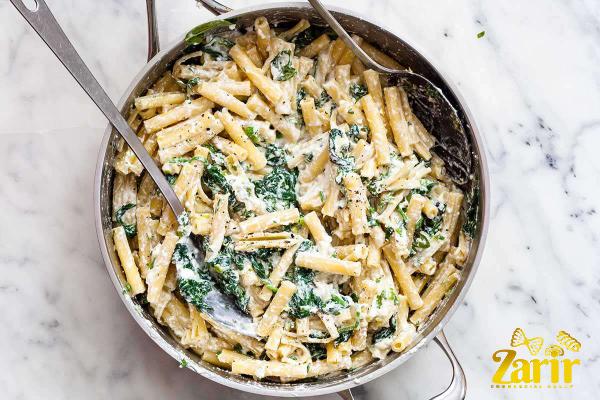 – Stuffed Ziti: The hollow center of ziti pasta makes it ideal for stuffing. Fill the pasta tubes with a delectable mixture of cheese, herbs, and sometimes meat, and bake until the filling is oozy and the pasta is cooked to perfection. Stuffed ziti can be served as a main course or as an elegant side dish. – Ziti with Creamy Sauces: The wide tubes of ziti are perfect for trapping rich and creamy sauces. Whether it’s a silky Alfredo sauce or a hearty meat-based ragù, the texture of ziti allows for an indulgent dining experience. – Cold Pasta Salads: Ziti’s generous size and shape make it an ideal choice for cold pasta salads. Toss cooked ziti with fresh vegetables, herbs, and a tangy dressing for a refreshing and satisfying dish.
– Stuffed Ziti: The hollow center of ziti pasta makes it ideal for stuffing. Fill the pasta tubes with a delectable mixture of cheese, herbs, and sometimes meat, and bake until the filling is oozy and the pasta is cooked to perfection. Stuffed ziti can be served as a main course or as an elegant side dish. – Ziti with Creamy Sauces: The wide tubes of ziti are perfect for trapping rich and creamy sauces. Whether it’s a silky Alfredo sauce or a hearty meat-based ragù, the texture of ziti allows for an indulgent dining experience. – Cold Pasta Salads: Ziti’s generous size and shape make it an ideal choice for cold pasta salads. Toss cooked ziti with fresh vegetables, herbs, and a tangy dressing for a refreshing and satisfying dish.
…
 4. Ziti Beyond Traditional Italian Cuisine: While ziti pasta has deep roots in Italian culinary traditions, its versatility and adaptability have made it a popular choice in international cuisines. In Greek cuisine, ziti is often used in hearty casseroles like Pastitsio, or combined with feta cheese and fresh tomatoes for a Mediterranean-inspired pasta salad. In American cuisine, ziti is an essential ingredient in baked pasta dishes, often paired with a vibrant tomato sauce and melted cheese. Conclusion: Ziti pasta’s unique shape and versatility make it a beloved choice in Italian and international cuisines alike. Whether it’s baked, stuffed, paired with creamy sauces, or used in cold pasta salads, ziti pasta offers a delightful culinary experience. Its rich history and ability to evoke feelings of celebration only add to its appeal. So, why not explore the endless possibilities of ziti pasta and create your own delicious masterpiece?
4. Ziti Beyond Traditional Italian Cuisine: While ziti pasta has deep roots in Italian culinary traditions, its versatility and adaptability have made it a popular choice in international cuisines. In Greek cuisine, ziti is often used in hearty casseroles like Pastitsio, or combined with feta cheese and fresh tomatoes for a Mediterranean-inspired pasta salad. In American cuisine, ziti is an essential ingredient in baked pasta dishes, often paired with a vibrant tomato sauce and melted cheese. Conclusion: Ziti pasta’s unique shape and versatility make it a beloved choice in Italian and international cuisines alike. Whether it’s baked, stuffed, paired with creamy sauces, or used in cold pasta salads, ziti pasta offers a delightful culinary experience. Its rich history and ability to evoke feelings of celebration only add to its appeal. So, why not explore the endless possibilities of ziti pasta and create your own delicious masterpiece?

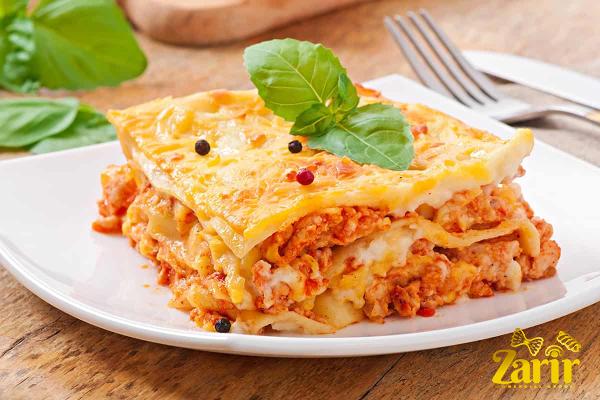
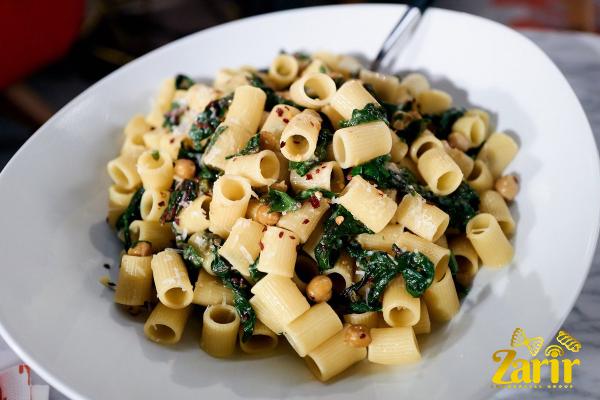
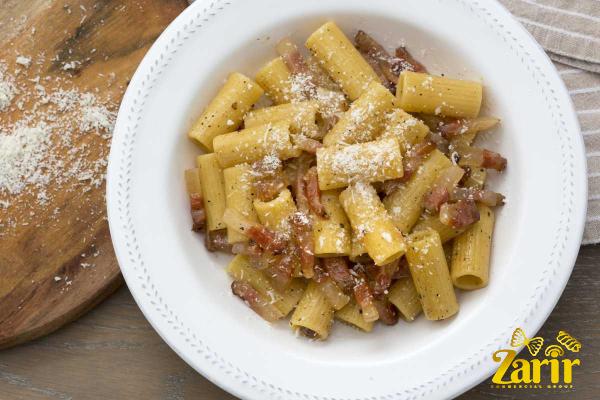
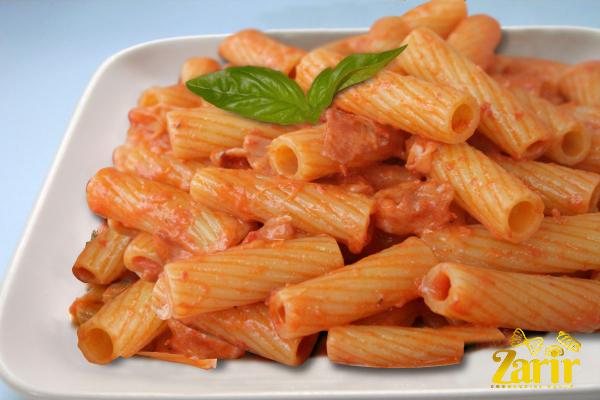
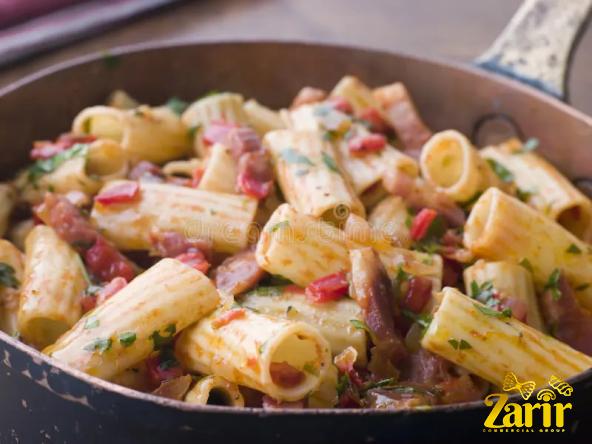
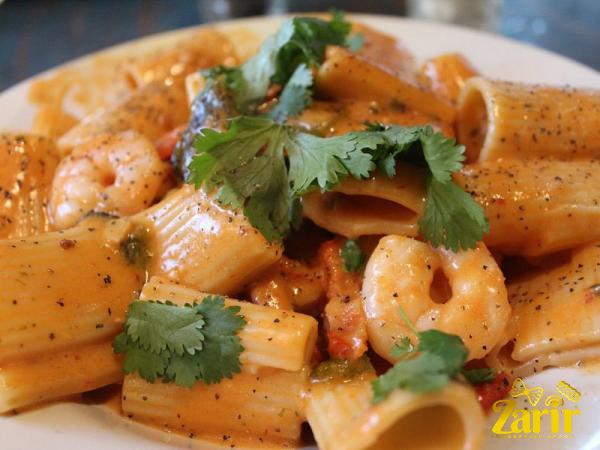
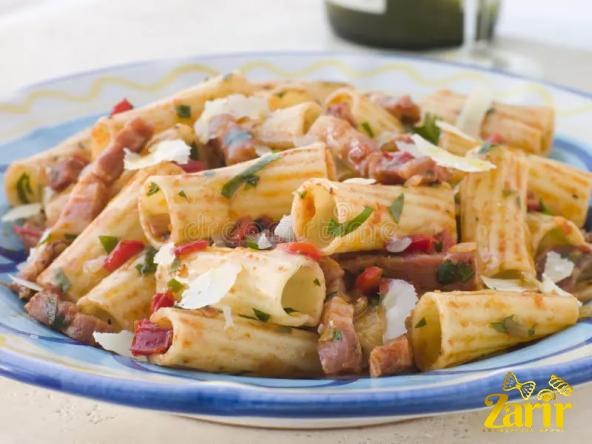
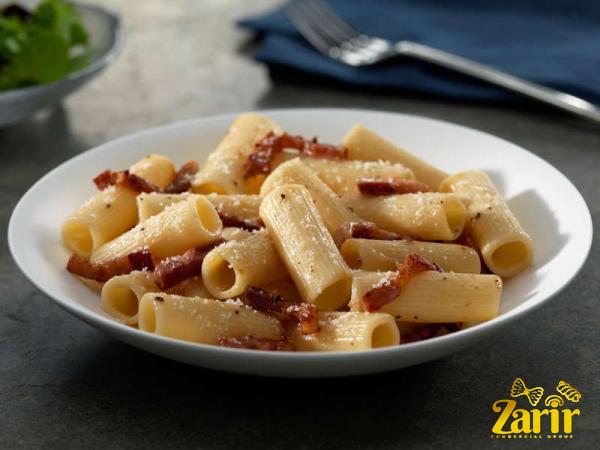
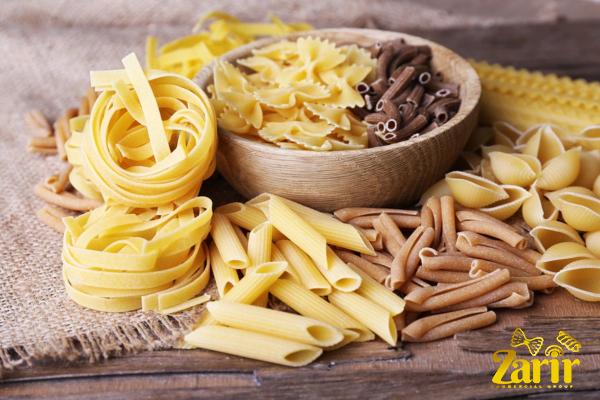
Your comment submitted.